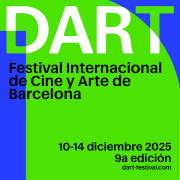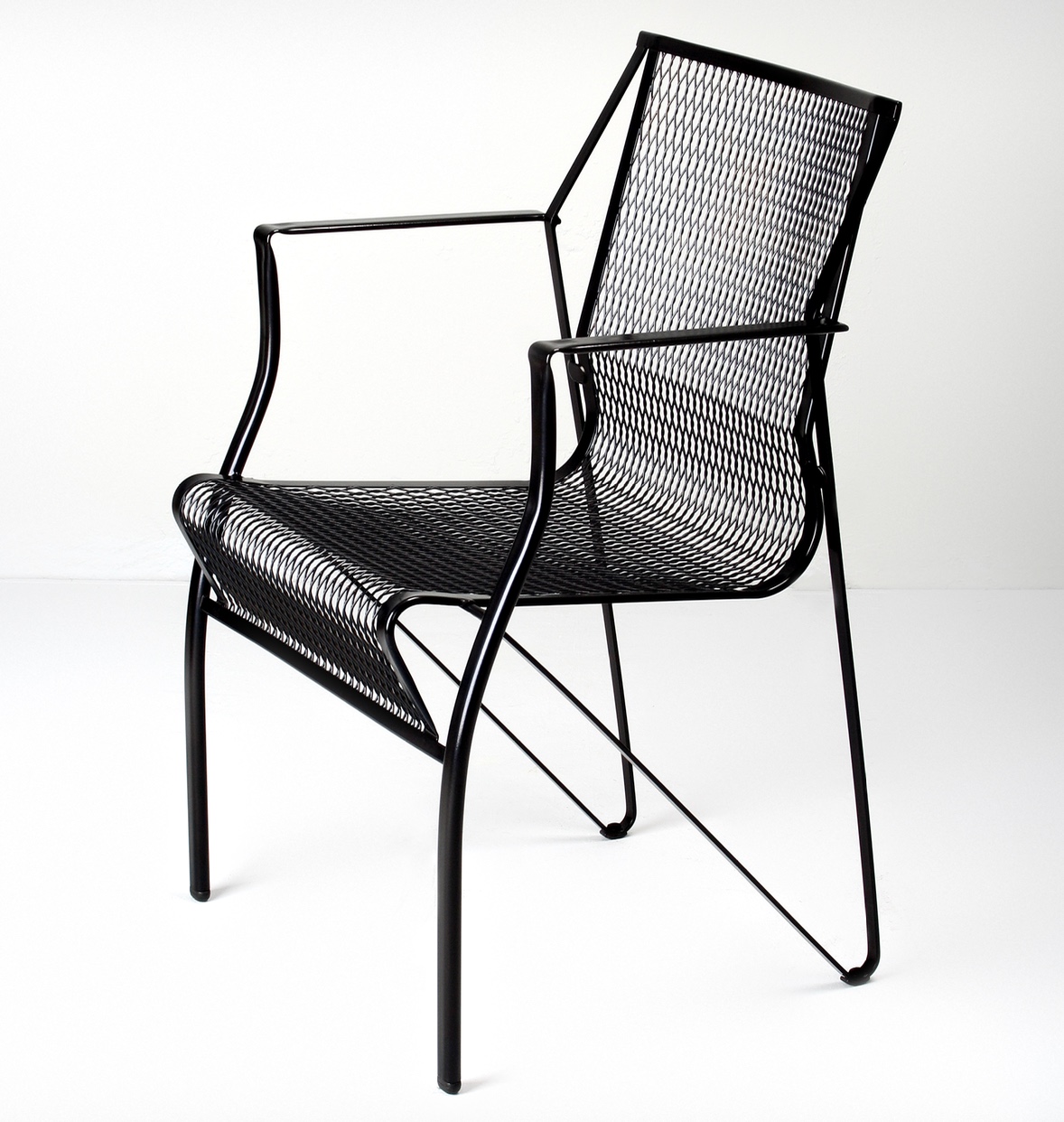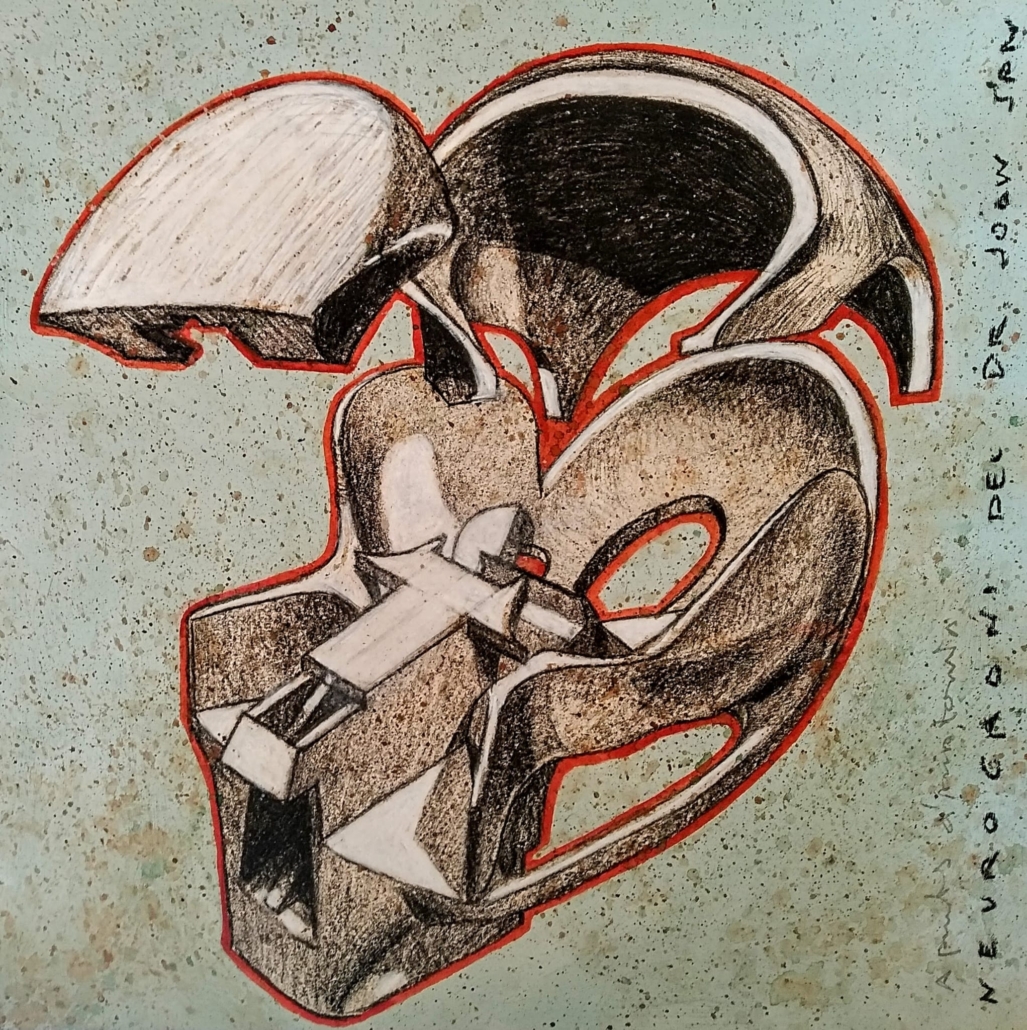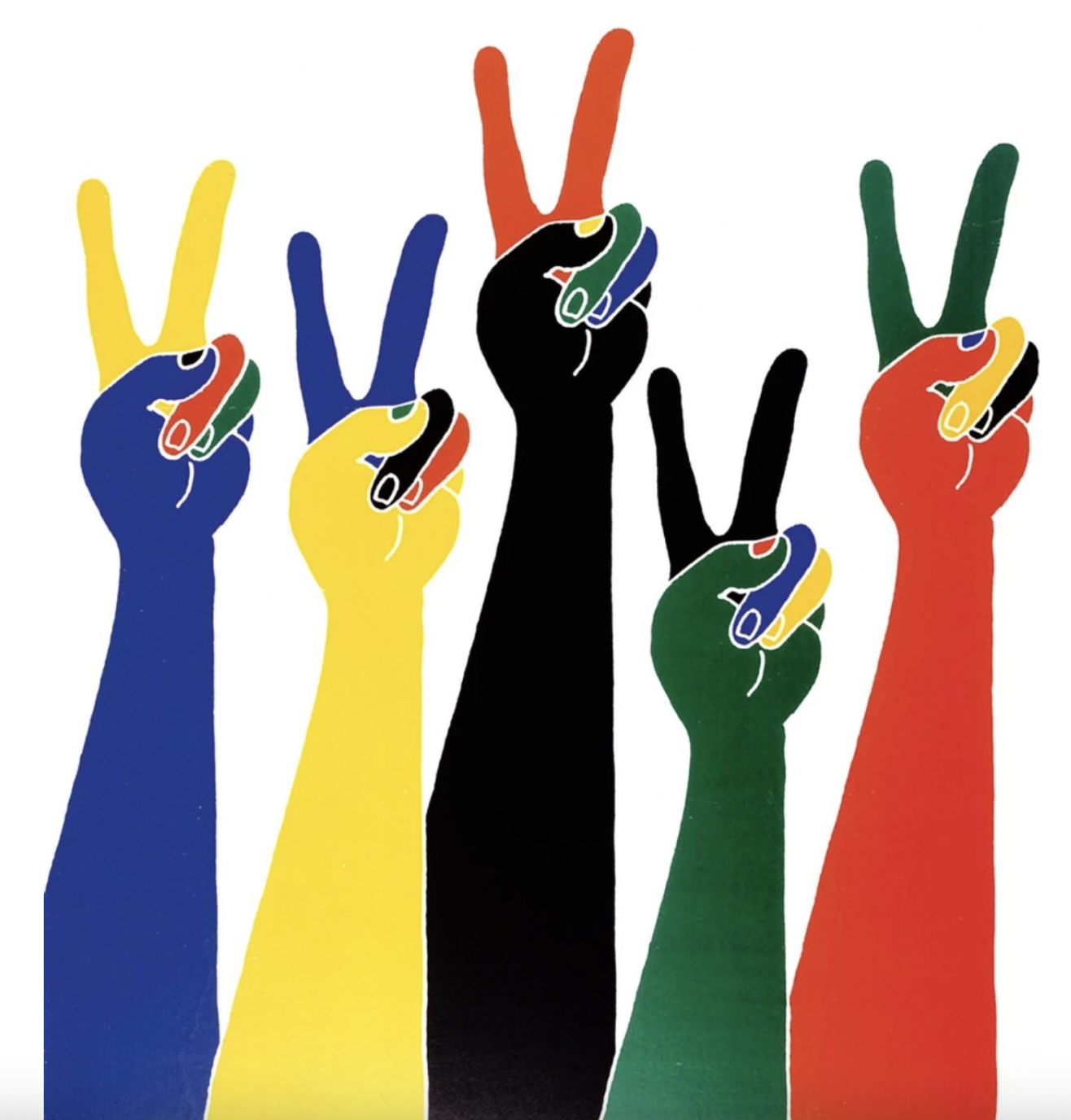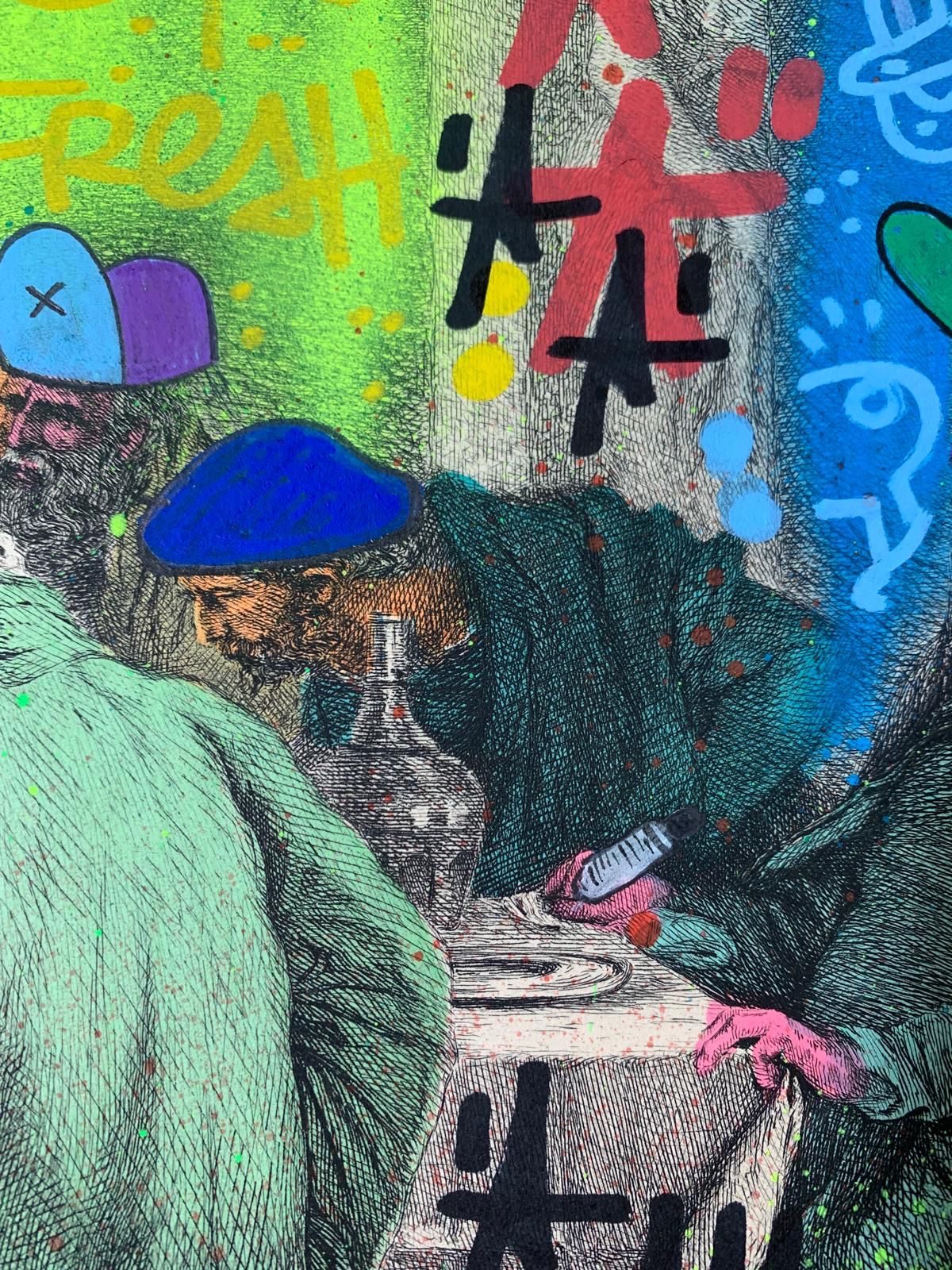Exhibitions
Anna Malagrida: between inside and outside, between hiding and seeing
Transparencies and opacities of Parisian streets at the Tàpies Museum.
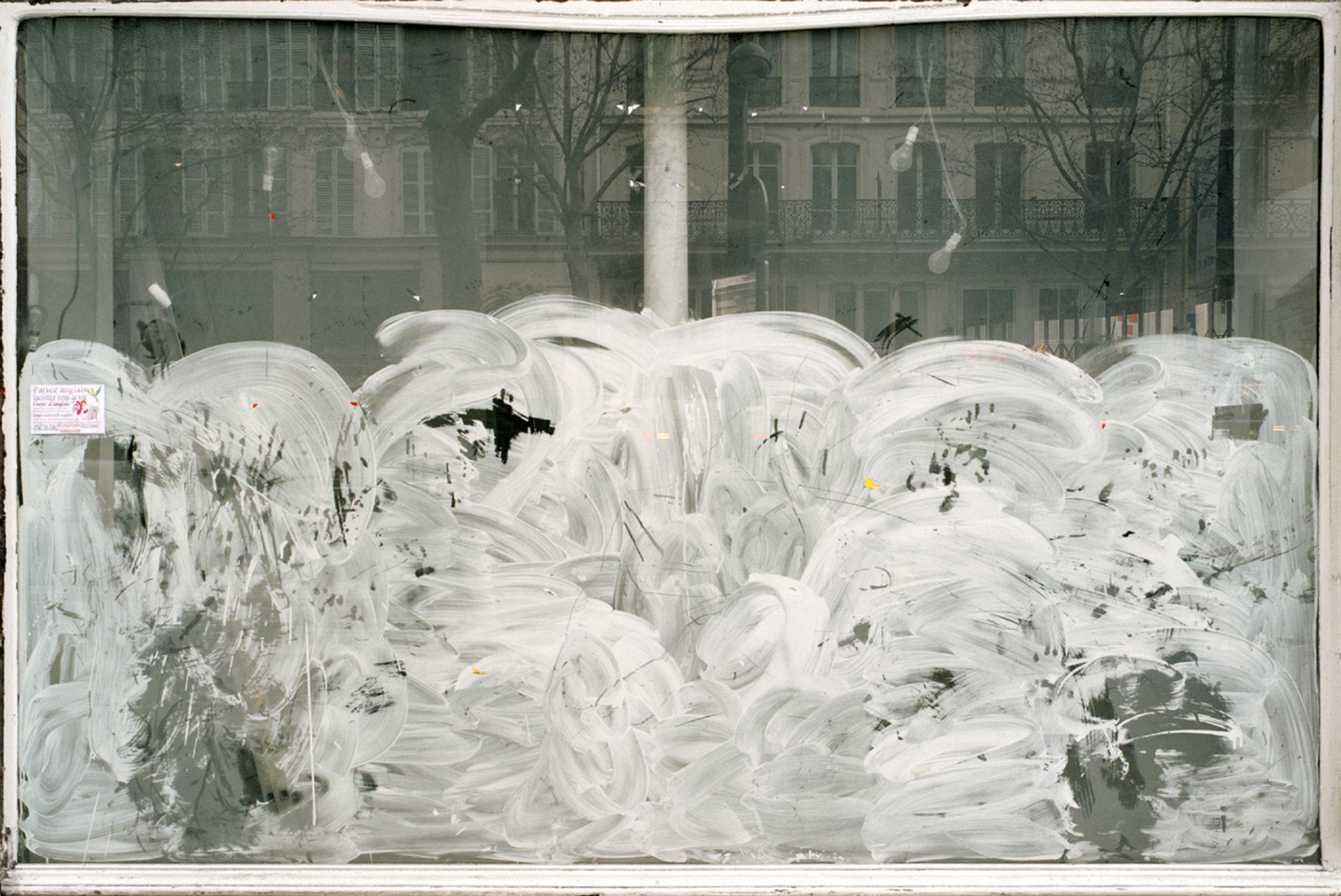
If you are familiar with the work of Antoni Tàpies or have ever visited any of the monographic exhibitions that the Tàpies Museum periodically dedicates to the artist — especially from his advanced stages in which he opted for “material painting” — it is likely that you have thought of him at some point when you see a concrete wall on the street that has been eroded, engraved, scratched or painted by a human hand. So, although it may not be their fault, many works by other authors with similar proposals end up reminding us of those of this pillar of our contemporary art. The feeling of resonance intensifies when both creations are placed side by side; the curators know this better than anyone and the Tàpies Museum, ingeniously, often takes advantage of this to make them dialogue. I could say something similar about Marta Palau's ceramic feet (Nòmades II, 1998) that are currently on display as part of the exhibition My Paths Are Terrestrial, but on this occasion I want to talk about the other temporary exhibition that can be seen there: Opacitas. Velar la transparència by Anna Malagrida.
This exhibition by the Barcelona artist, now based in Paris, will be on view at the Tàpies Museum until September 2025 and is located in the building's hidden underground floor, which nevertheless seems appropriate for the occasion. Not because it is not worth seeing (because then we would have to think the same about Chiharu Shiota's installations that were there until a few months ago) but because of the sensation that, from the first moment, when going down the stairs, will invade the viewer: the unknown between seeing and not seeing. This idea — announced by the title itself — will be sustained as we discover Anna Malagrida's pieces, but, as almost always, the depth of what is seen will also depend on the will of the gaze itself; in the real and figurative sense. Therefore, based on this premise, I propose a brief tour of the exhibition.
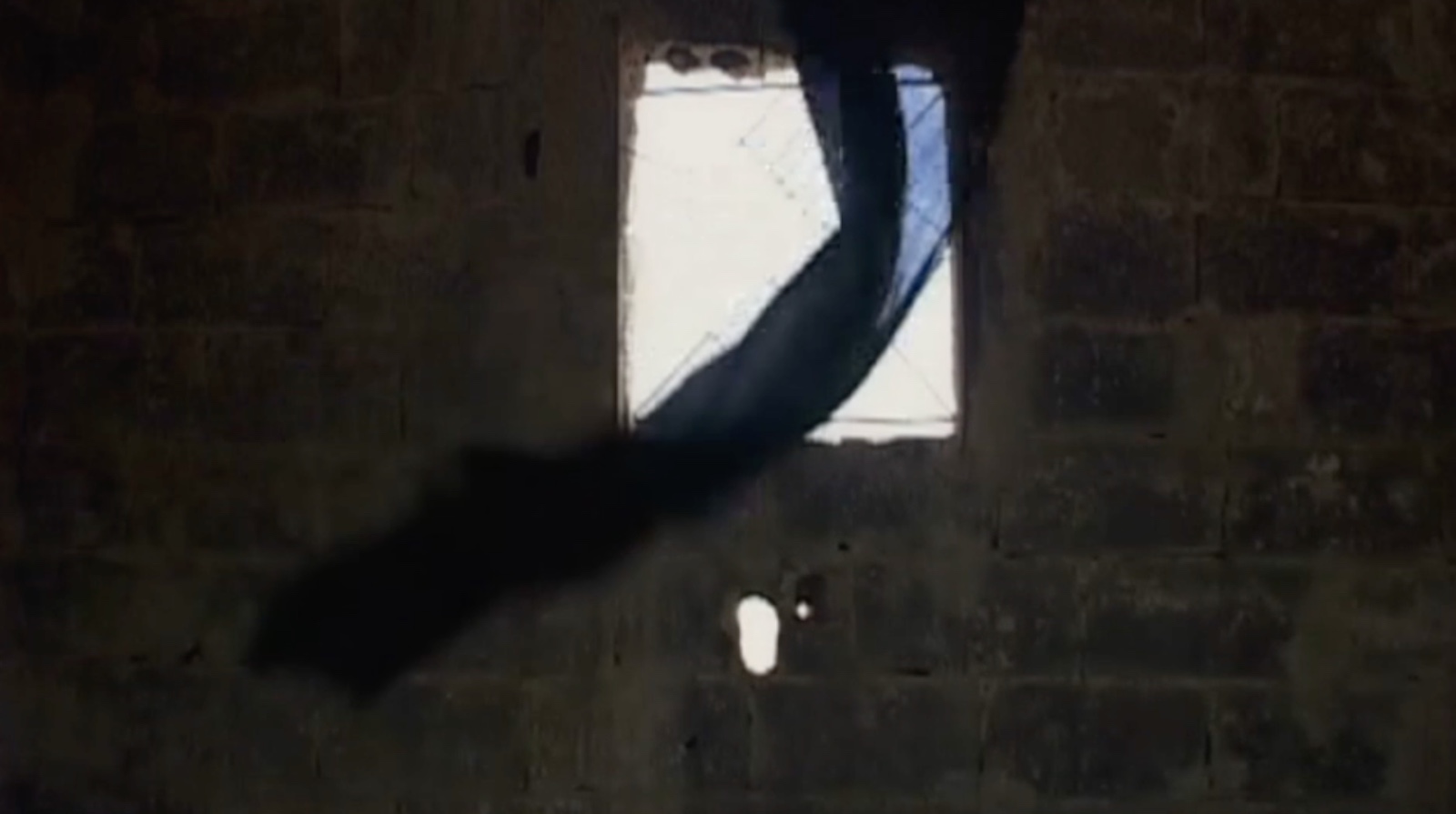 Danza de mujer, Anna Malagrida (2007). Fotografia d’arxiu de la web de l’artista.
Danza de mujer, Anna Malagrida (2007). Fotografia d’arxiu de la web de l’artista.
First, in the room on the right, we find Danza de mujer (2007), an audiovisual work that presents the core concept of Opacitas: hiding and revealing, staged by a fabric that covers and uncovers the void of a window by making random turns. The fabric, characterized by the title as a feminine element, is the object that creates a separation between two spaces, but it does not do so in an absolute or opaque way but rather by leaving veils and spaces of vision. As if they were multiple metamorphoses of itself, this role will be performed by various agents in the rest of the works.
Thus, the video projected alongside, Le Laveur de carreaux (2010), adds new elements that play with the theme of the exhibition: in addition to hiding and revealing, the inside and the outside, here represented dichotomously by a person cleaning the windows from the street and our perspective filmed from the other side. Both, however, are partially hidden by the semi-transparent film formed by the cleaning products, cyclically extended and then erased. This weak but effective barrier, and the attitude of the one who forms it, is guilty of a strange feeling of incommunication that accompanies the exhibition in general.
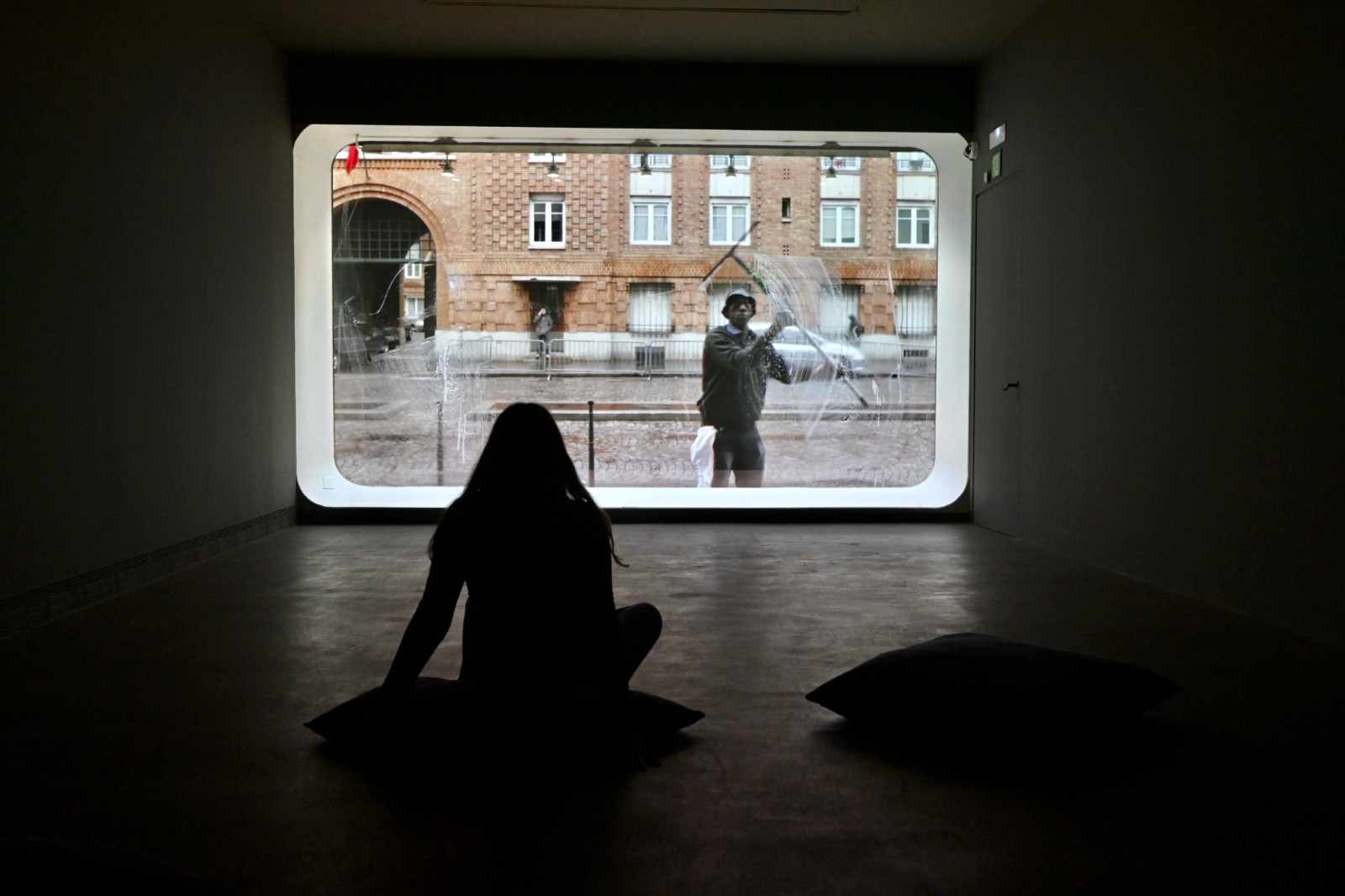 Le Laveur de carreaux, Anna Malagrida (2010). © Pep Herrero
Le Laveur de carreaux, Anna Malagrida (2010). © Pep Herrero
Triptych II from the Point de vue series (2006) allows us to see a maritime horizon through a membrane of dust full of fingerprints, shapes, words... Very prosaically, the image would evoke the dusty windows of cars on the coastline that passers-by instinctively use as a blackboard. But its gesture is more complex and, therefore, the result is more mysterious: the interior/exterior relationship that had been proposed to us until now no longer clarifies what or who is in each place, nor even if that film is part of the same register or if it is an addition that interposes itself between the world and us. Nor does the hierarchy follow its classical order — in which nature would prevail — but rather it is the faint shapes marked on the glass that, with very little visual intensity, prevail over a dull background. In this veiled landscape — which, as the curator, Patricia Sorroche, says in the exhibition booklet, belongs to Cap de Creus — there is a hidden nod to the imaginary of its surroundings: surrounded within a heart shape, the names of “Dalí x Buñuel”.
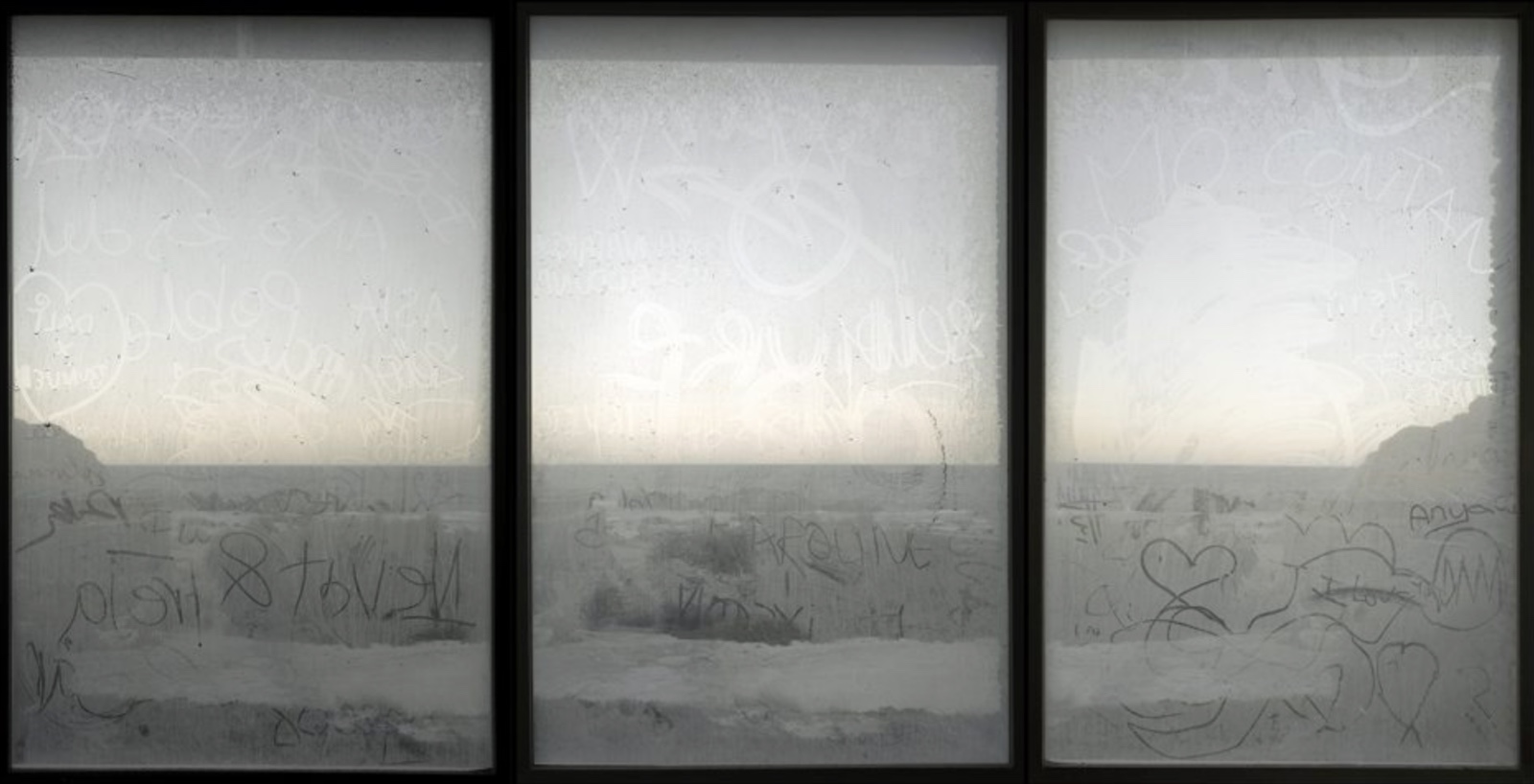 Point de vue, Anna Malagrida (2006). © Anna Malagrida / VEGAP, 2025.
Point de vue, Anna Malagrida (2006). © Anna Malagrida / VEGAP, 2025.
Viewers will be able to see the progressive, dynamic effect and the different moments of reception that Anna Malagrida's works allow even more play and space for the imagination in the extensive collection Vitrines (Shop Windows), which stars the rest of the exhibition. With little pretension, the 14 photographs that make up it are identified by the names of the streets where they were taken and show the shop windows of several empty Parisian commercial premises whose windows have been pasted over — Malagrida says it more elegantly: veiled — by an irregular layer of the Blanc d'Espanya pigment. Unlike what we saw in Point de Vue, here the painting becomes a wall that is difficult to cross with the gaze and a clash is generated with its interior that makes it more intriguing.
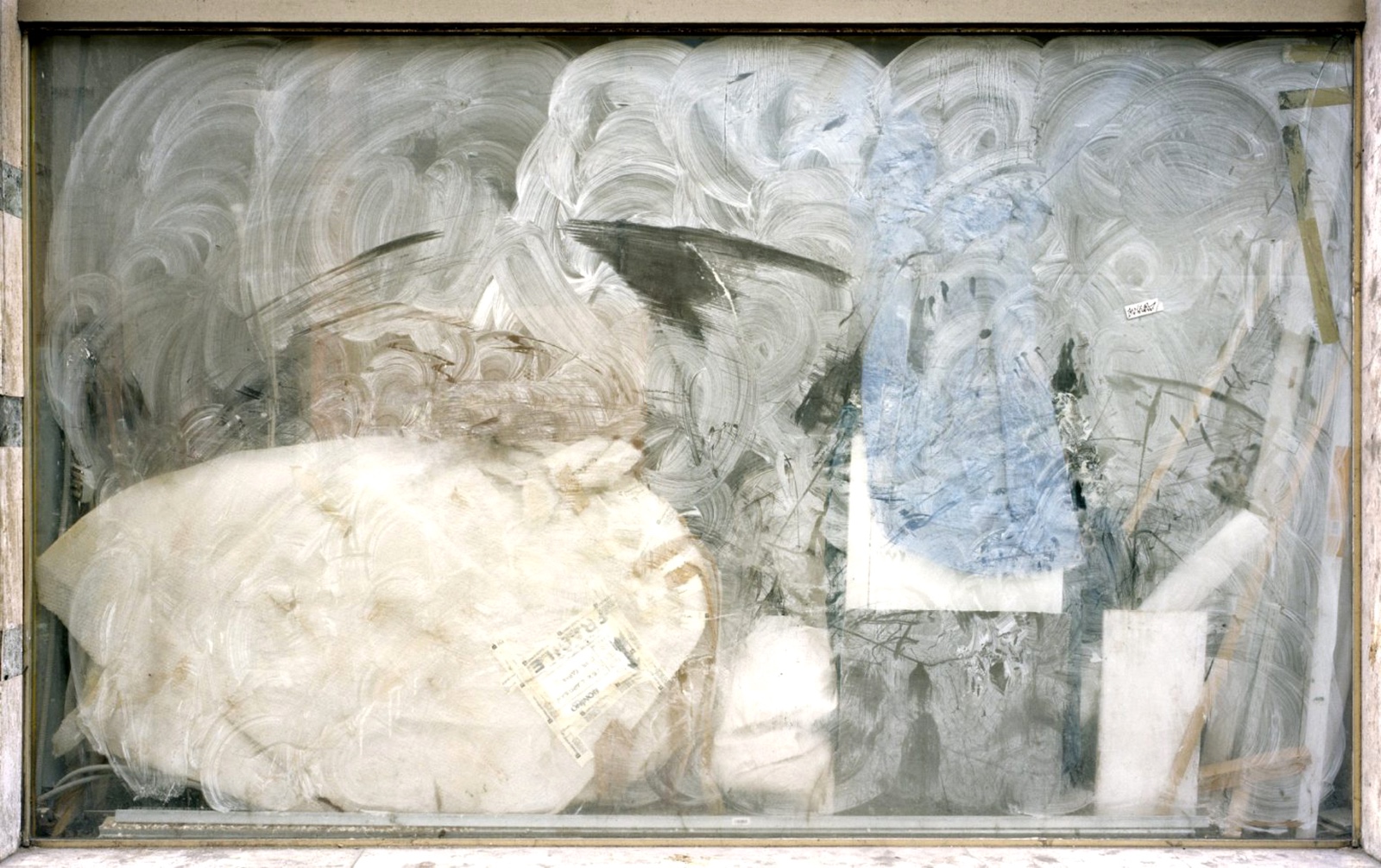 Rue de Charenton, Anna Malagrida (2008-2009)© Anna Malagrida / VEGAP, 2025.
Rue de Charenton, Anna Malagrida (2008-2009)© Anna Malagrida / VEGAP, 2025.
But what gives this series a special meaning is that, over time, what were visual obstacles have been interpreted as a canvas within reach of citizens and show all kinds of scratches and inscriptions, which turns the images into a document of almost sociological interest, a sample of the most spontaneous and least calculated facet of plastic expression. The reading can be done around the concepts that we have noted: what is with us; what is beyond (the interior of the premises) and the small intervened membrane that, ironically, is the only place through which we can look. Some of the room texts refer to it as a liminal space. The author of the photographs executes with very good vision an exercise of flâneurism, capturing snippets of this autonomous phenomenon and compiling them. The political readings of these works are immense: the urban anxiety that the graffiti gives off, the economic reasons behind the closure of the premises, the plurality of unknown hands (and languages, alphabets, etc.) dialogue on the same wall...
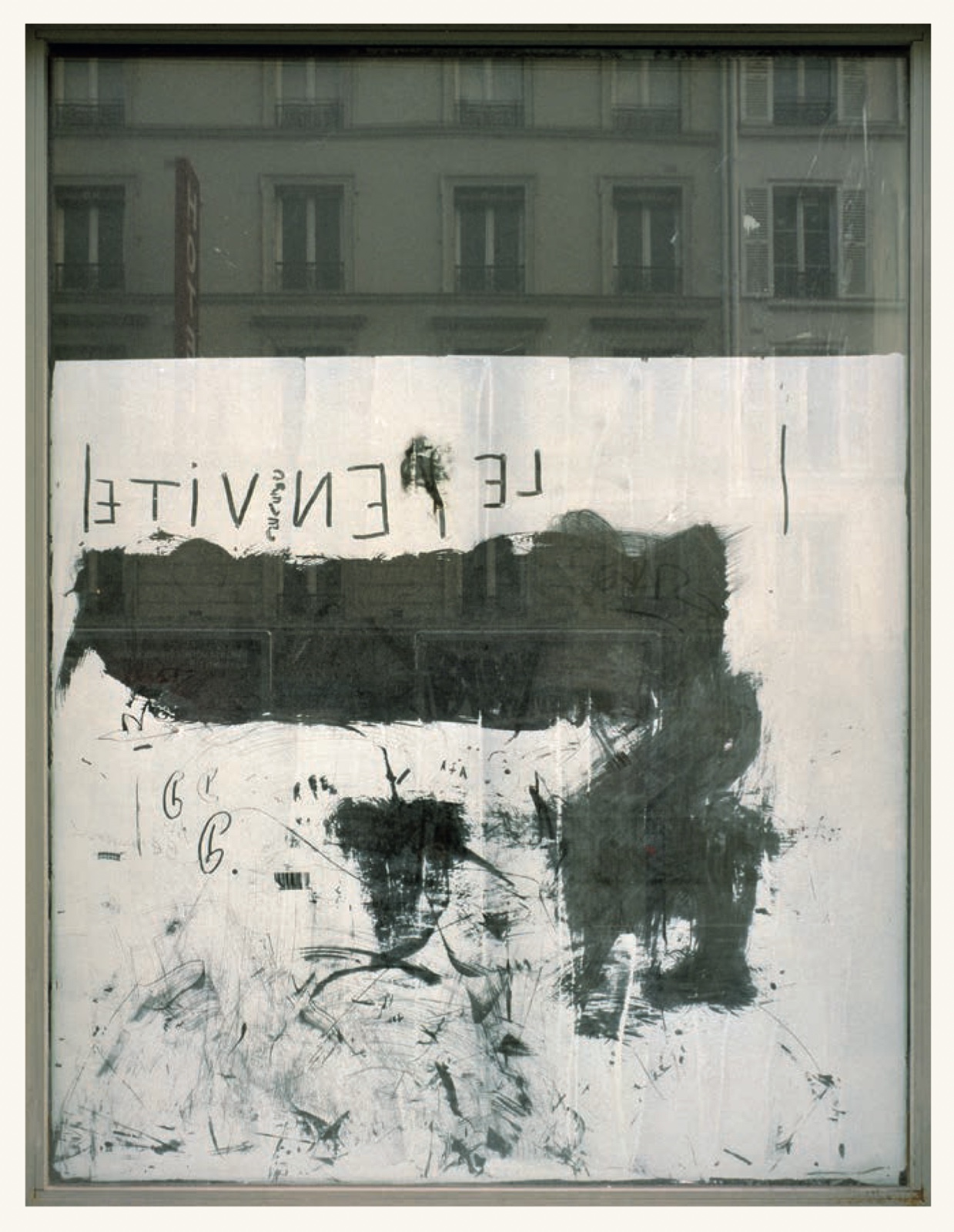 Rue de Châteaudun, Anna Malagrida (2008-2009). © Anna Malagrida / VEGAP, 2025.
Rue de Châteaudun, Anna Malagrida (2008-2009). © Anna Malagrida / VEGAP, 2025.
The pile of rubble that presides over the room under the title 100 K of Ruin makes part of the sensitivity collapse due to the almost imperceptible shown in most of the images, as if a scenography were necessary to remind us that the context, the city where those transparent conflicts have occurred, is in reality busy, abrupt and noisy. If the rest of the images, although not revolutionary, evoke original corners, this gesture seems to be made with a more marked desire for radicalism that, personally, I consider lacking in impact. The particularity of the selection of images by the artist and photographer Anna Malagrida lies in the fixation on a very subtle aspect of reality and the ability to trace a varied discourse taking as its axis an aspect that could seem purely formal, such as transparency.
And, returning to the initial idea, if I say that the Museum takes advantage (with more or less reason) of the universality of Tàpies' proposal that makes many things resemble him to favor connections in the viewer's memory, it is because of details such as the piece chosen, of course, consciously, for the cover of the brochures and advertisements for the exhibition: Boulevard Sébastopol (2008-2009). Here, that cross, which is sometimes "T" and sometimes "+", inescapably connects us with the house that hosts the exhibition and, far from diminishing the value of the artist, turns it into a more than welcome guest.
 100 K de ruïna, Anna Malagrida (2025). © Pep Herrero
100 K de ruïna, Anna Malagrida (2025). © Pep Herrero




